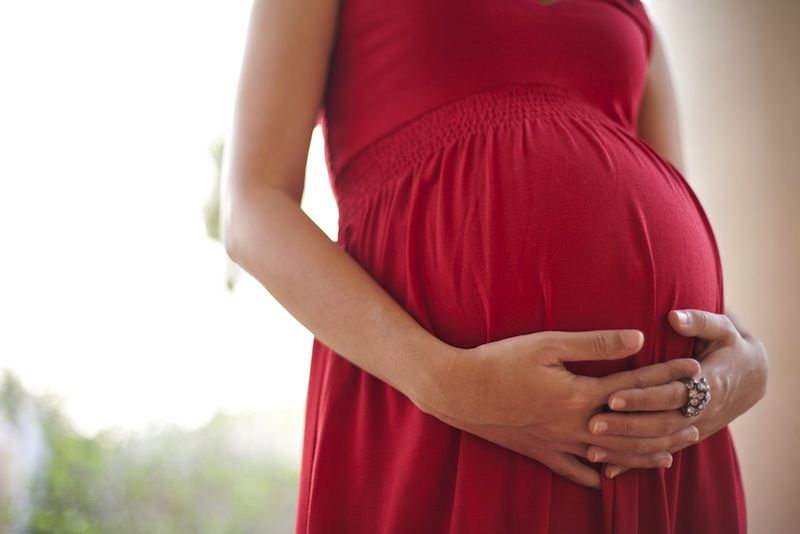US Pregnancy Rate Reaches 12-Year Low

The U.S. pregnancy rate has fallen almost continuously over the last decade, and reached a 12-year low in 2009, according to a new government report.
Researchers analyzed information on U.S. pregnancy rates for women ages 15 to 44 over the last two decades, with 2009 being the most recent year with data available.
During that period, the U.S. pregnancy rate fell 12 percent, from 115.8 pregnancies per 1,000 women in 1990, to 102.1 pregnancies per 1,000 women in 2009.
The total number of pregnancies in 2009 was about 6.3 million, which resulted in 4.1 million live births, 1.1 million induced abortions and 1.1 million pregnancy losses, according to the report.
Women ages 25 to 29 had the highest pregnancy rate, which represents a change from earlier years: In 1990 and 2000, the pregnancy rate was highest for women ages 20 to 24. [9 Uncommon Conditions That Pregnancy May Bring]
The exception to trend of the generally declining pregnancy rate was women over 30; in this group, the pregnancy rate increased over the study period.
The age group with the biggest decline in pregnancy rate was 15- to 17-year-olds, for which the pregnancy rate dropped 53 percent, and reached a new historic low in 2009.
Sign up for the Live Science daily newsletter now
Get the world’s most fascinating discoveries delivered straight to your inbox.
The abortion rate in 2009 was 32 percent lower than in 1990, and was the lowest in more than three decades, according to the report. In 2009 there were 18.5 abortions per 1,000 women, down from 27.4 abortions per 1,000 women in 1990.
The 2009 abortion rate for teenagers was 16.6 per 1,000 women, a more than 50 percent reduction from 1990, when the rate was 37.4 per 1,000 women.
The new study did not look at the reasons for the decline in pregnancy rates, but some researchers have suggested that the recent economic recession, which began in 2007, could have played a role.
In addition, studies suggest that teens today are less likely to have sex, and more likely to use contraception when they first have sex, which may have contributed to the decline in teen pregnancy rates. A study published early this year also found that the U.S. teen birth rate is at a historic low.
Follow Rachael Rettner @RachaelRettner. FollowLiveScience @livescience, Facebook & Google+. Original article on LiveScience.

Rachael is a Live Science contributor, and was a former channel editor and senior writer for Live Science between 2010 and 2022. She has a master's degree in journalism from New York University's Science, Health and Environmental Reporting Program. She also holds a B.S. in molecular biology and an M.S. in biology from the University of California, San Diego. Her work has appeared in Scienceline, The Washington Post and Scientific American.

'Love hormone' oxytocin can pause pregnancy, animal study finds

'Mini placentas' in a dish reveal key gene for pregnancy









